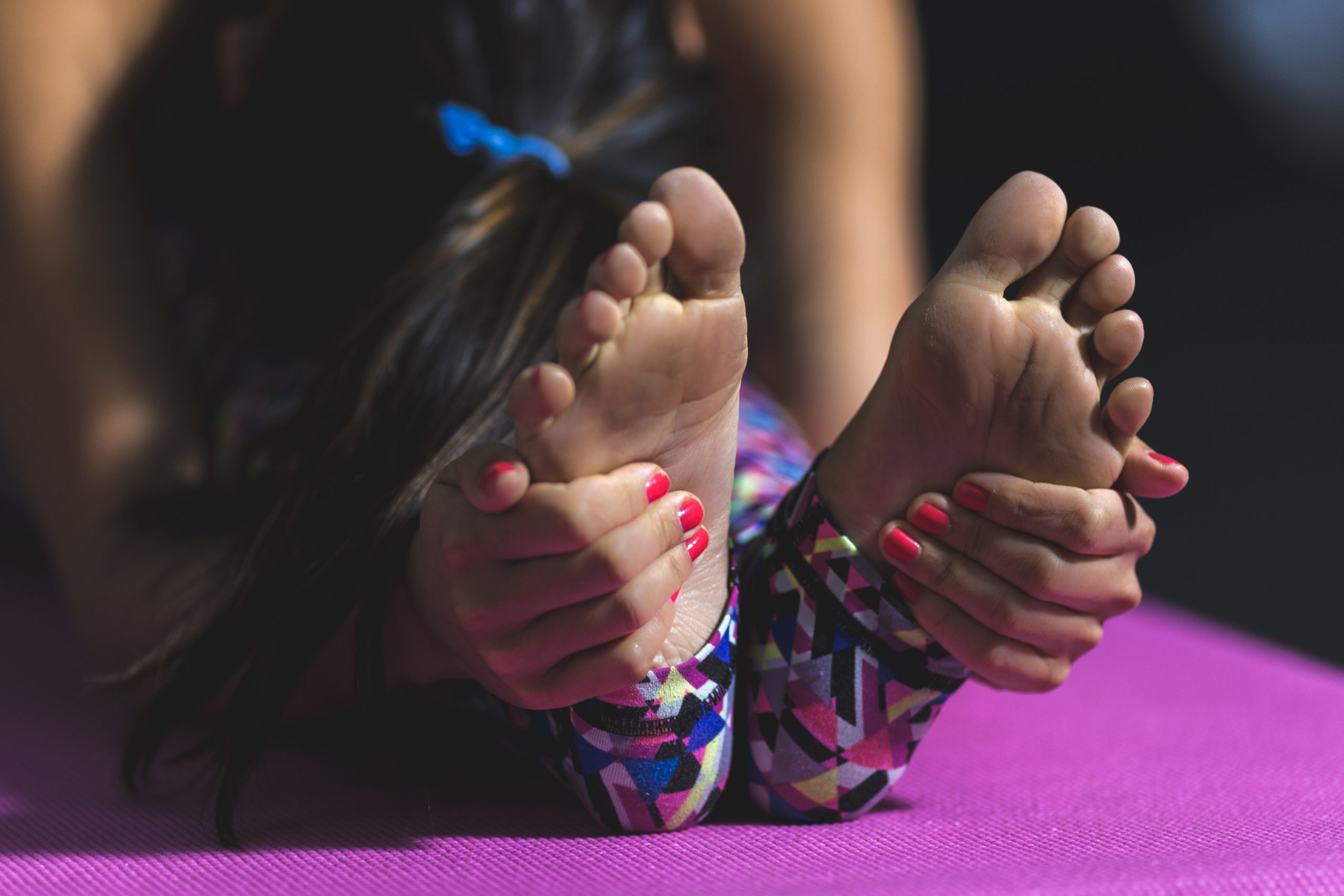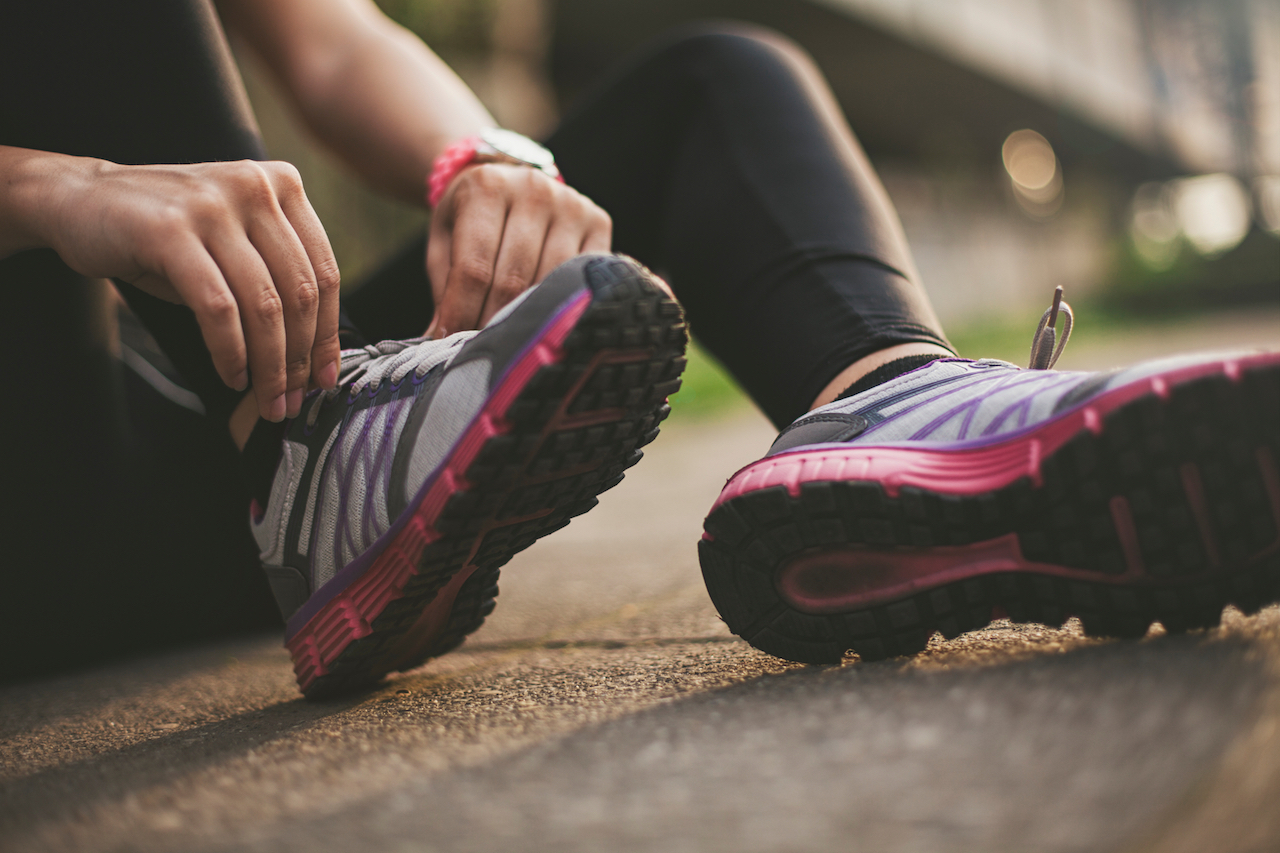Author: Nicholas Gregory, MA, CSCS
Staying active and working out can play a huge role in reaching your health and fitness goals! Whatever your goals may be, they should not be limited by the access to fancy gym equipment and workout machines. Not only can gym memberships to use this equipment be expensive, stepping into a gym can oftentimes be overwhelming. At-home exercises are a great option for beginners and seasoned athletes alike, but with so many options, it’s hard to know where to start and what exercises are best to do to reach your goals.
At-home exercises
To help you get started, we want to highlight the 6 simplest exercises you can do at home. Now when we say simplest, we don’t mean the exercises themselves will be easy but that these exercises don’t require a lot of extra space or equipment. Workouts you can do at home can be just as efficient and effective for burning calories and helping you reach your goals.
Exercises you can do at home
- Squats
- Lunges
- Glute Bridges
- Push Ups
- Jumping Jacks
- Burpees
1. Squats
The squat, sometimes called air squat or bodyweight squat, is a lower-body exercise that can be performed anywhere you have room to stand. It is a great exercise to target and strengthen all muscles of the lower body including the quads, glutes, and hamstrings. Squats can also be ramped up by including weight. While working out at home, try using dumbbells, soup cans, or even a gallon of milk!
To safely perform a squat, keep the following points in mind:
- Start with your feet shoulder-width apart. You can have your toes slightly turned out – whatever is most comfortable for you.
- Brace your core (think about squeezing your abs and back as tightly as you can) and slowly sink your hips back and down, as if sitting to a chair.
- Go as low as you comfortably can. Overall flexibility and experience may allow you to go lower, but start wherever is comfortable.
- At the bottom of the exercise, pause for a moment and drive your weight through your foot to propel you up to the starting position, in the same way you lowered yourself down.
- Repeat for desired number of reps.
Modifications
If squats are a little challenging at first, that’s OK! Here are a few ways to make them less challenging:
- Squat to a target: Use a chair or couch as a target for your squat. This can help you gauge how low you need to go and control your descent!
- Squat to sit: Building off squatting to a target, try using that chair and actually sitting once you reach the chair. This will allow you to focus on building the second part of the movement. As you get stronger, you can work your way up to simply tapping the chair and standing up.
2. Lunges
The lunge is an exercise that focuses on muscles in the upper leg (mainly the quadriceps). Similar to a squat, lunges are an effective way to strength train the muscles of the leg and can be done with or without weight.
To safely perform a lunge, keep the following points in mind:
- Start with your feet shoulder width apart.
- Brace your core (think about squeezing your abs and back as tight as you can) and take a natural step forward keeping your torso vertical.
- Slowly lower your back knee straight down, keeping your weight balanced between both feet.
- “Kiss” your knee to the floor and then drive straight up and return to a standing position.
- Repeat for your desired number of reps. It is best to alternate your legs as you complete your lunges.
Modifications
Here are a few ways to make lunges a little less challenging:
- Hold on to a chair/table: Use a chair or table for balance and support as you step, and lower yourself down into a lunge position.
3. Glute Bridges
The glute bridge exercise is an effective way to strengthen the hips and glutes. Strengthening these muscles can play a major role in ensuring a healthy and pain-free back.
To safely perform a glute bridge, keep the following points in mind:
- Start lying on your back, with knees bent, and feet flat on the floor.
- Brace your core (think about squeezing your abs and back as tight as you can) and lift your hips off the ground until your knees, hips, and shoulders are in a straight line and you are making a “bridge”.
- Hold for 1-3 seconds and slowly lower your hips back to the floor.
- Repeat for desired number of reps.
4. Push-ups
The push-up is an upper body exercise that can strengthen the pectoral muscles, triceps, deltoids, and core. The push-up can be challenging for those new to the exercise because the muscles of the upper body are relatively small compared to the lower body muscles used in a squat or lunge.
To safely perform a push-up, keep the following points in mind:
- Start in a prone position (lying on your stomach) with your hands under your shoulders.
- Press up into a plank position with arms extended and core engaged.
- Slowly lower yourself to the ground, keeping your elbows close to your body.
- Once your torso is about a fists distance away from the ground, press through your hands back to the starting plank position
- Repeat for desired number of reps.
Modifications
Here are a few ways to make push-ups a little less challenging!
- Alter your starting position: To make a push-up a little easier, start in the same plank position but instead lower your knees to the floor. The change in degree angle and load will make it easier for you to keep a strong plank position throughout the push-up.
- Use a table or wall: Another way to change the angle and load of the push-up is to use a wall or table. Set up in the same plank position with your hands on the wall and slowly lower yourself towards the wall.
5. Jumping Jacks
A jumping jack is a full-body conditioning exercise that can help get your heart rate up and efficiently burn calories.
To safely perform a jumping jack, keep the following points in mind:
- Start standing with your feet under your hips.
- Jump to a position with your legs spread wide and your hands all the way over your head (#noomnerds like to add a clap of the hands for good measure).
- Jump back to a standing position, with your feet under your hips and arms to your side.
- Repeat for desired number of reps.
Modifications
Here are a few ways to make jumping jacks a little less challenging!
- Step side to side: If jumping is too much or causes you pain, you can still complete jumping jacks without the jump. Simply alternate stepping one foot at a time, side to side, with the opposite arm extending over your head.
6. Burpees
A burpee is a challenging, full-body conditioning and strengthening exercise that can be done on its own, or paired with another strengthening exercise for a mix of conditioning and strengthening. It’s one of the most efficient at-home exercises you can do!
To safely perform a burpee, keep the following points in mind:
- Start standing with your feet under your hips.
- Place your hands on the ground and jump your feet back so that you are in a plank position.
- Lower yourself down to the ground by doing a push-up.
- Press back up into a plank position, jump your feet back up flat, and stand tall.
- Repeat for desired number of reps.
Modifications
Here are a few ways to make burpees a little less challenging:
- Slow motion burpee: Burpees are typically performed at a quick pace to help get the heart rate up. If you are starting out, take your time! Slowly lower yourself down into a plank position, complete your push up (remember those modifications for push ups apply here too), and slowly walk your feet back up to a standing position.
Starting an at-home workout routine
Now, this is by no means a comprehensive list of exercises you can do at home – but these six movements give you a great place to start, and can be used as a baseline for your at-home exercise program. Try mixing these exercises up and varying the time, reps, and intensity, and see how you feel!
Want support as you work through these exercises to do at home? Let Noom help! Your Noom coach can give you tips and tricks to find the exercises that are best for you – and provide the necessary accountability and support to make those at home workouts stick. Give Noom a try today!





